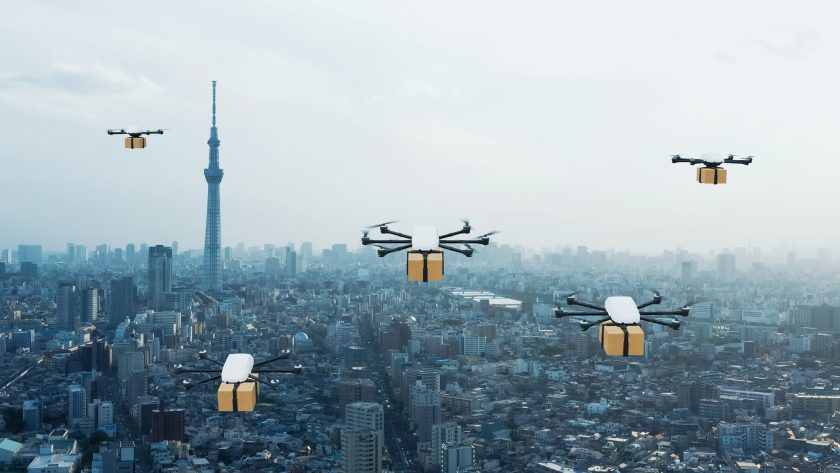Teal Group’s 2023/2024 World Civil UAS Market Profile and Forecast forecasts that non-military UAS production will jump from USD8.2 billion market (value of air vehicles) in 2023 to USD19.5 billion by 2032, a 10.1% compound annual growth rate in constant dollars. Over the next 10 years the market will total USD149.8 billion.
“UAS has been a boom market with possibilities that appeared limitless. It’s entered the shakeout phase, particularly since some markets have become saturated, and others so dominated by a single company that competition is difficult,” said Jeremiah Gertler, Teal Group’s senior analyst and author of the study. ” In much of the world, growth markets are turning to commodity replacement markets where producers compete with the local used drone lot, and some companies see that as their cue to exit.”
By contrast, the United States market is expected to grow when other global markets are already beginning to level off. “The FAA has raised the starters pistol to the sky; we’re just waiting for it to fire,” Gertler said. “U.S. markets will be the second great UAV wave.” The Teal study projects that the U.S. will integrate unmanned systems into its national airspace sometime within the next decade, but there is no clarity as to which year that will occur.
Commercial use will drive the market as consumer drone purchases slow and government purchases remain a small but growing portion of the market. “Major corporations have been the early movers in optimizing UAS use and are best positioned to take advantage when regulations finally lock in,” said Gertler. “At the same time, the consumer market skipped right through adolescence to maturity, leading UAS manufacturers to search upmarket for their next big opportunity. That means more focus on more sophisticated, higher-value units, but also more competition in narrower niches,” Gertler added.
The greatest potential appears to be the delivery market, which has the possibility of touching every household in the world. However, Teal now projects that growth opportunities will not be spread evenly across that market. Delivery is expected to be the leading sector in the United States by 2030. Agriculture will be the leading sector overseas by 2030 thanks to heavy Chinese investment in subsidizing agricultural drone spraying and increasingly capable but more affordable UAS moving into the sector. Industrial inspection has emerged as a major commercial drone market and construction will be the largest portion of that market, according to the Teal study. Other important commercial UAS segments include general photography, communications, insurance, and entertainment.
As unmanned systems proliferate, venture funding has flowed into UAS-adjacent efforts like analytical software to handle the data coming from unmanned systems and control networks. US start-ups have received a majority of the funding over the last 10 years, enabling them to take the lead in developing drone analytics. Chinese firms, which have received much less investment, are focusing on consolidating their lead in hardware, moving from consumer to commercial systems. Major Chinese players are adapting to a new reality as they move upmarket, as they are trying to enter markets already controlled by established players rather than creating and dominating new sectors as in the past, while also having to deal with increasing market restrictions from governments wary of Chinese drones’ operational security.
(Image: Shutterstock)
For more information visit:




